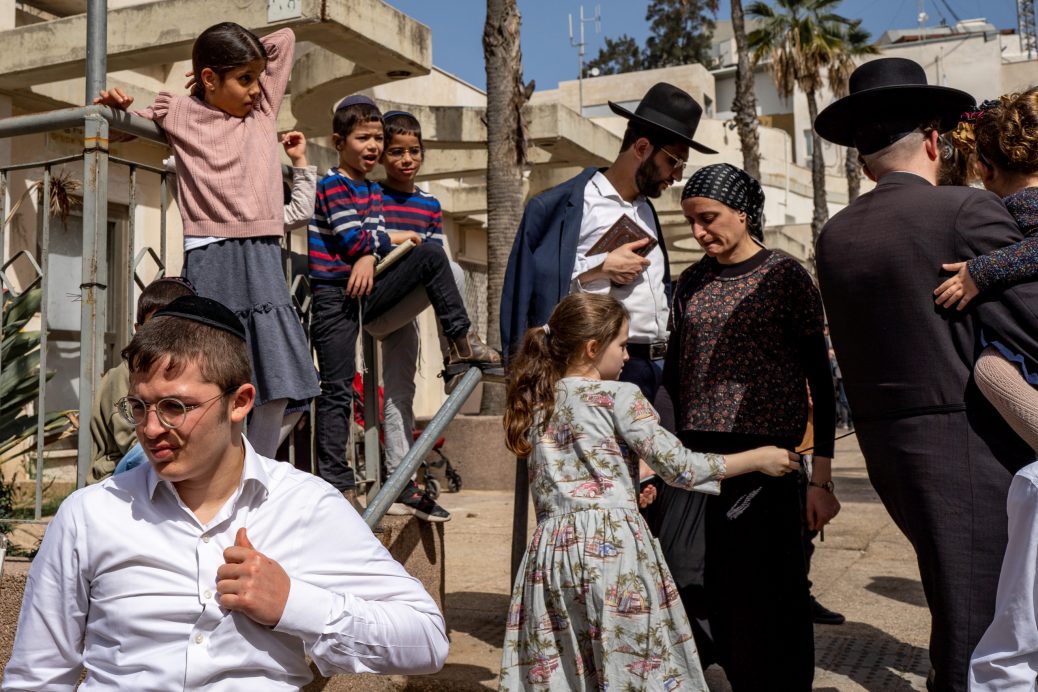Fourth Exibart Street Contest, Discover the Finalists: Sharon Eilon
Dear Sharon,
first of all, congratulations! You are one of the ten finalists in our fourth Street Photography Competition in the Best Series category, and we are very happy to have this interview with you. Can you tell us something about yourself and about the finalist series? What was the main source of inspiration for this photo series? What did you hope to communicate through these images?
I am a street and documentary photographer based in Israel. I began my photographic journey 4 years ago, following a severe health issue that led me to India. It was a life-changing journey for me, that shifted my perspective on life. I have been obsessed with photography ever since, and street photography is my passion.
My finalist series is part of an ongoing project titled “Leap of Faith”. The project is my photography exploration of the ultra-orthodox Jewish neighborhoods in Israel. As a secular woman, those places always seem like a distant land to me, where daily life and culture are so different from my own. From the external characteristics such as attire, through the religious rituals, and up to the daily observance of the “mitzvot” – everything looks strange to me, almost like a parallel universe. In this ongoing project, I aim to observe those communities without judgment or prejudice. I approach this world with curiosity, documenting life as it unfolds in front of my camera. Through this documentary project, I try to pass on to the observer my feelings as I stroll through those neighborhoods – the deeper you go the more you see similarities rather than differences.
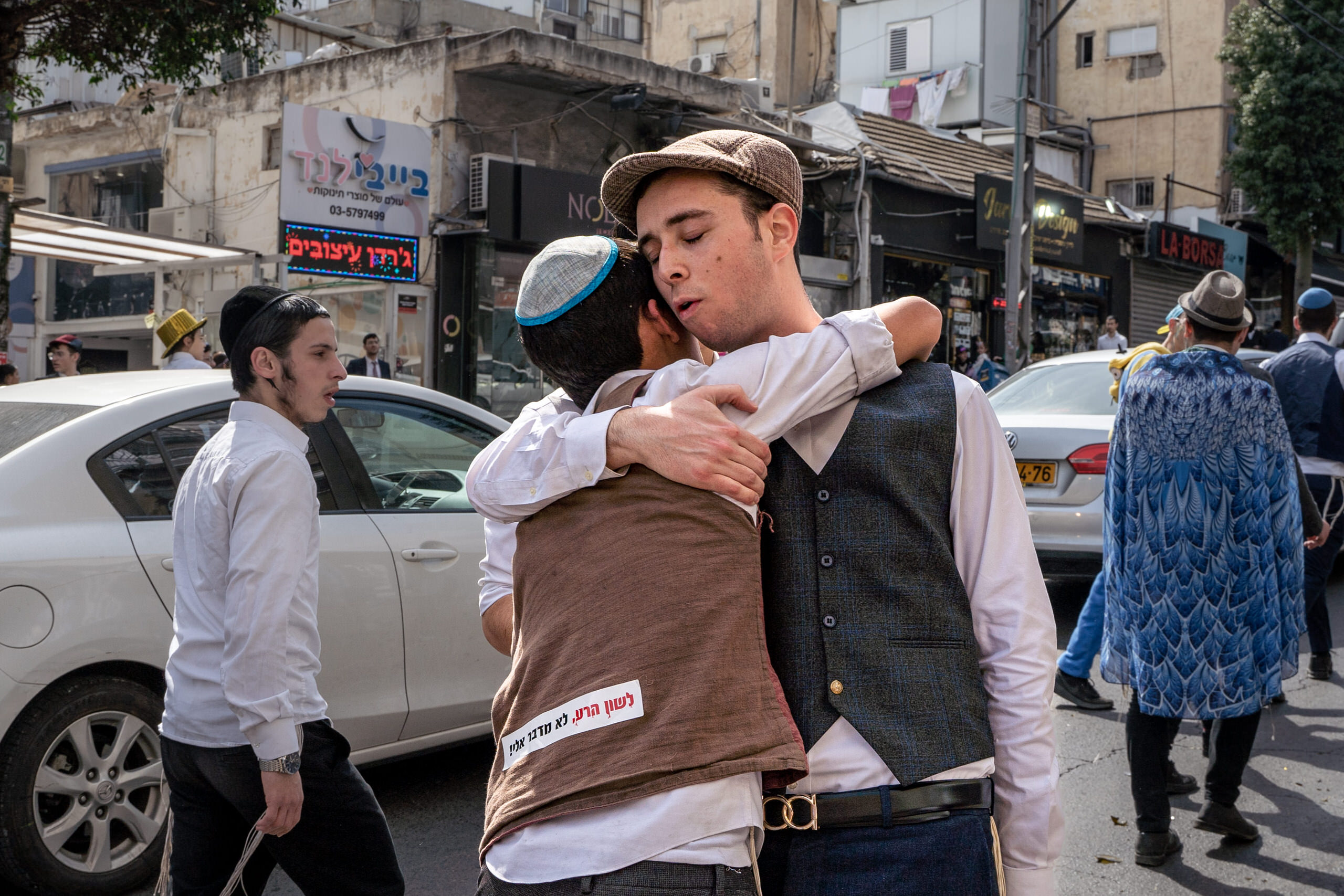
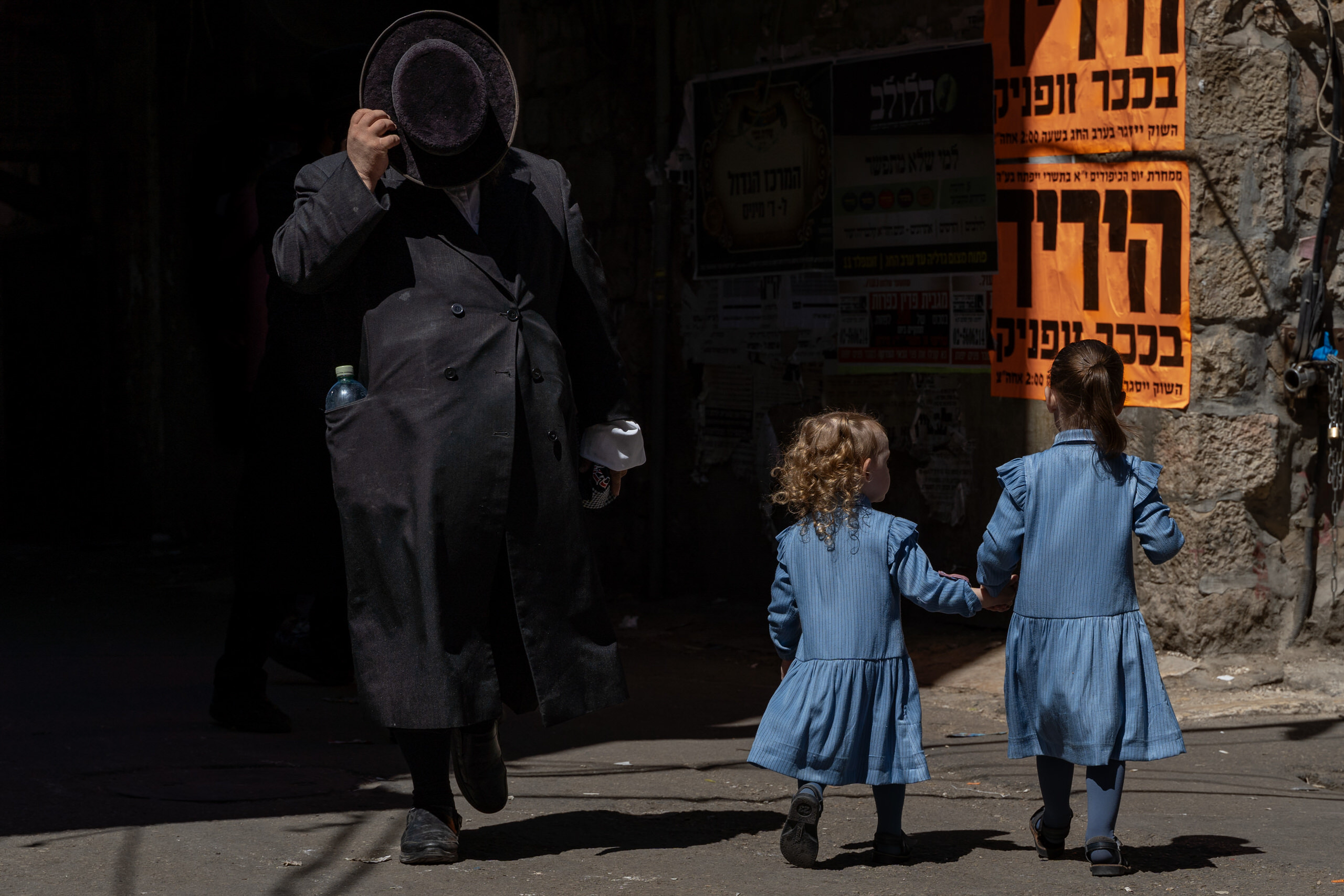
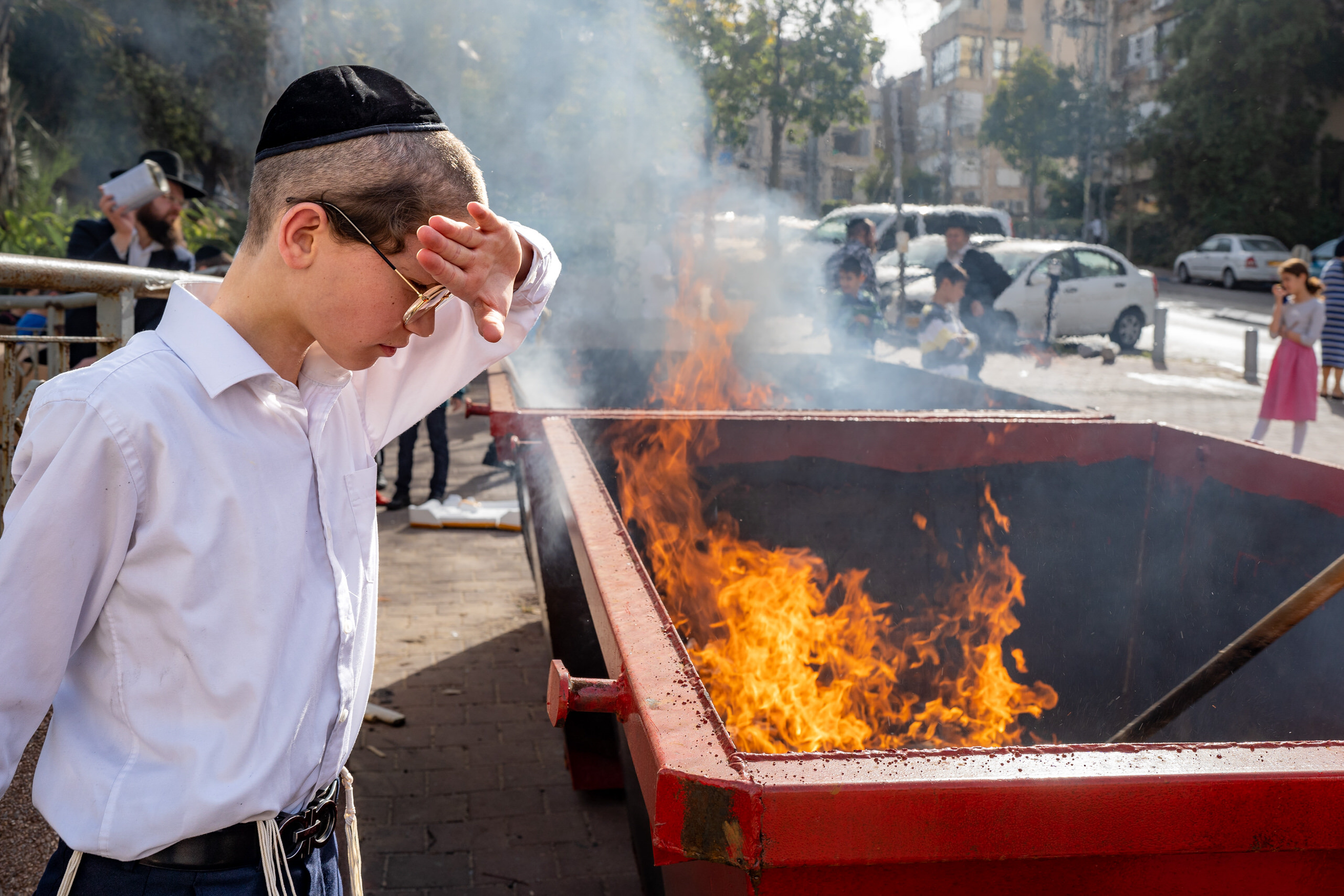
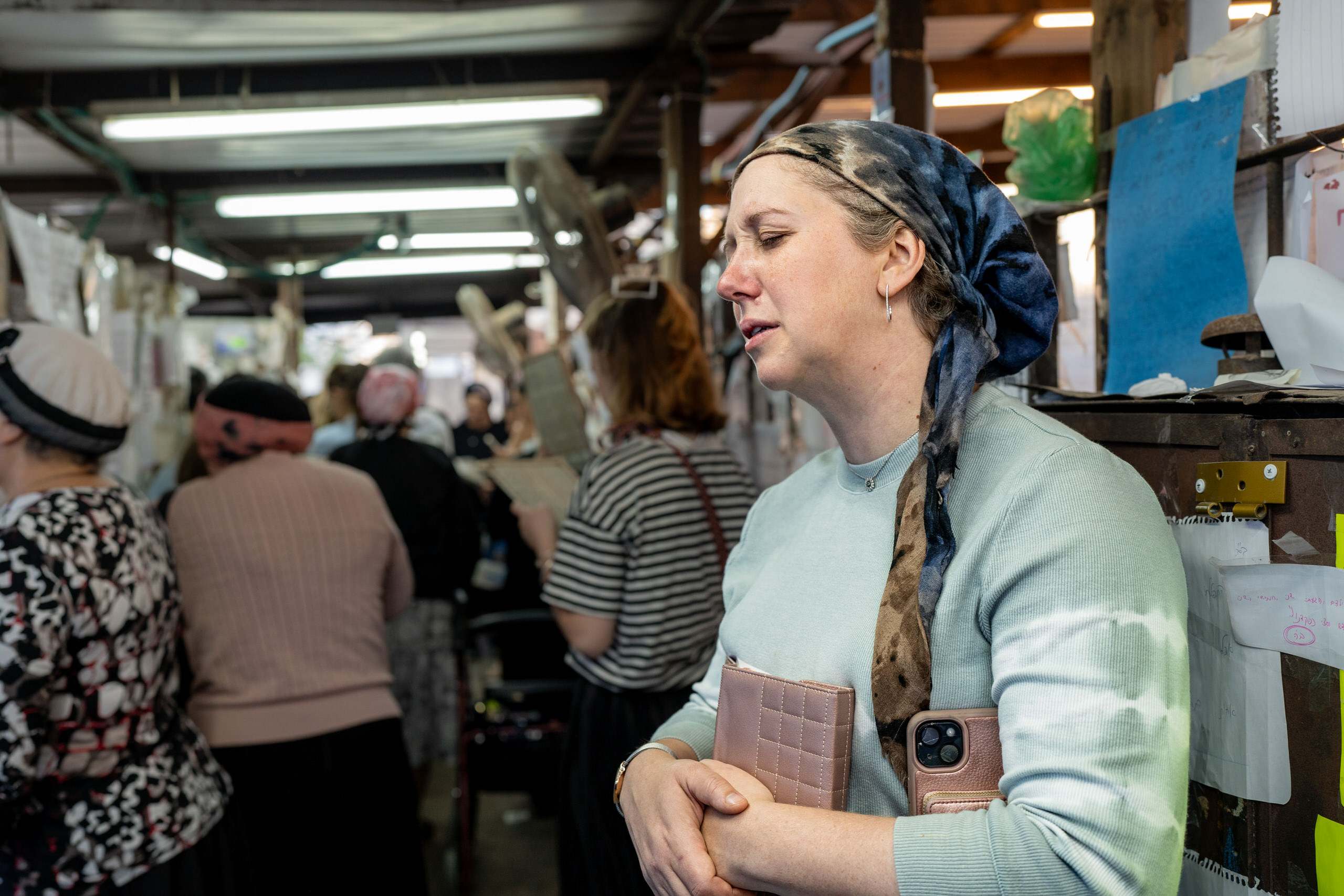
How do you choose the subjects or scenes to photograph?
I would say I almost never choose my subjects or scenes. Except for special cultural or religious events that I like to attend and photograph, the majority of my photography is rather spontaneous. I enjoy walking with my camera on the streets, just curious what I will encounter. Something interesting will always pop up for those who look closely.
Is there a theme or thread you follow when creating a new series?
I like to create series of photographs as I find them useful in telling a complex story. When I put together a series of my photos I will always strive for it to be connected by a story or a sense of a place, while making sure the photos speak the same visual language. For that reason I try to avoid mixing B&W photos with color photos in my series.
Color seems to play a significant role in many of your photographs. How do you use color to influence the mood or message of your images?
I always say that I am biased towards color photography. I think converting to B&W should be done thoughtfully and with the correct justification.
I often use vibrant colors in my work to evoke the joy of life and a sense of exuberance.
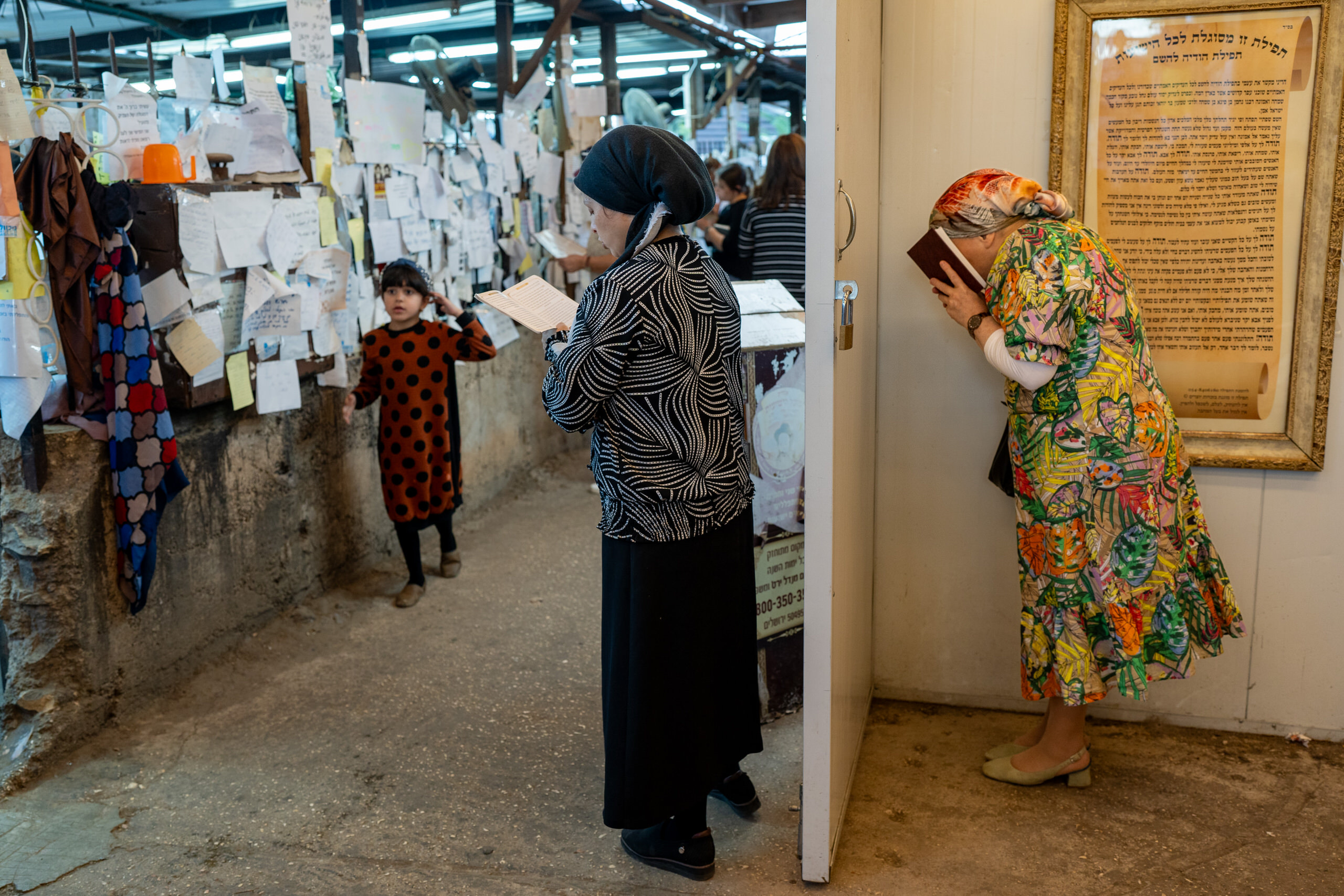
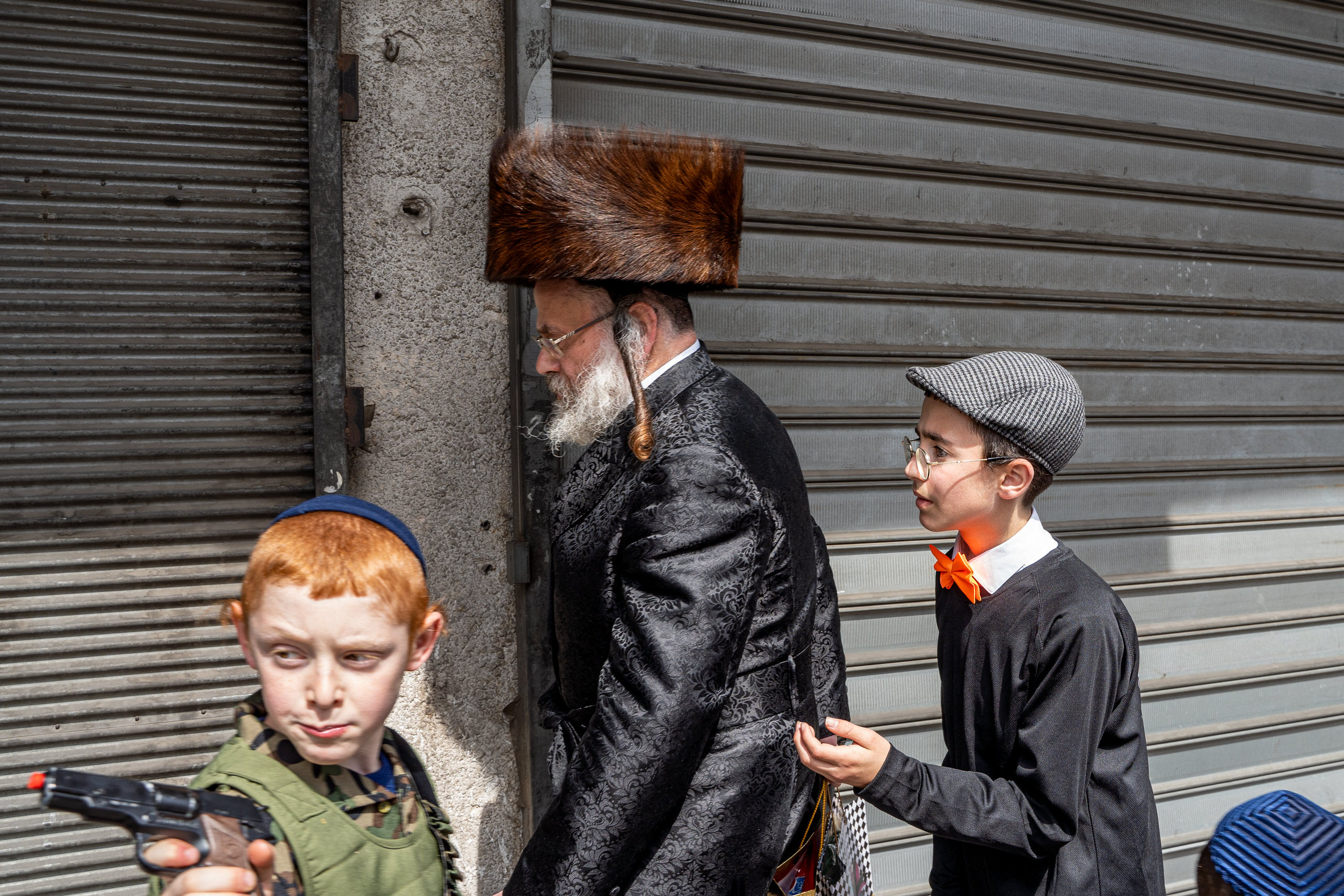
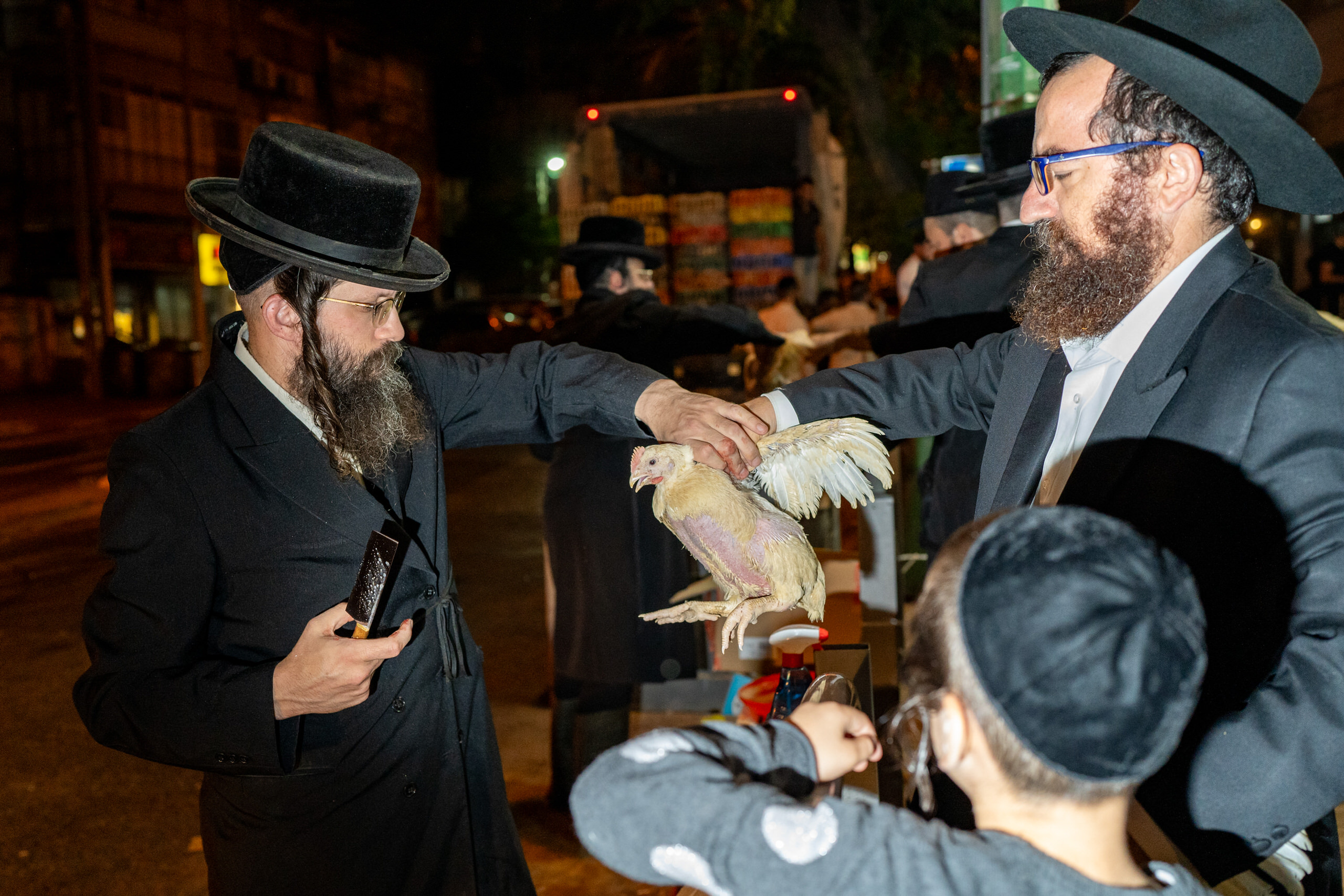
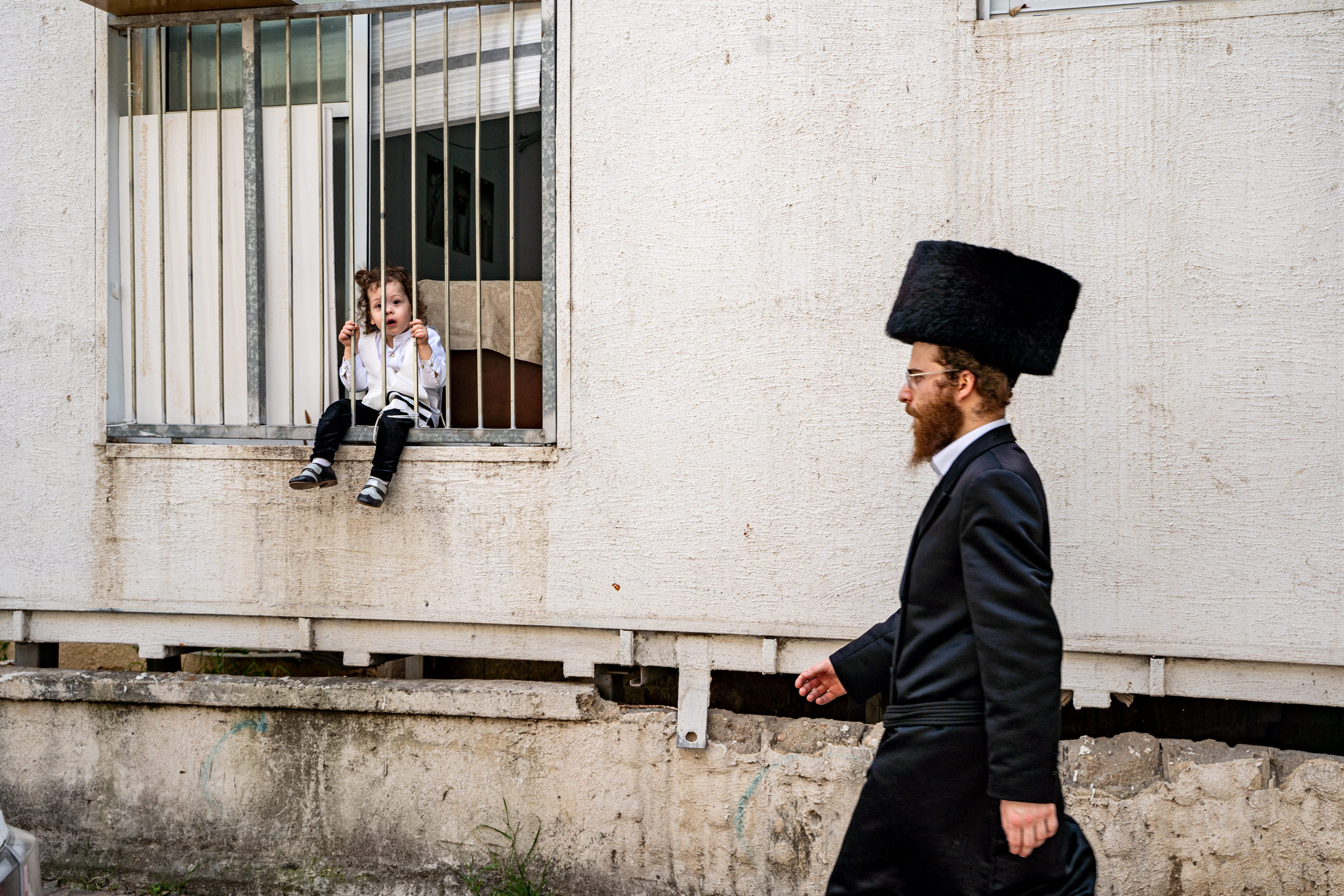
Many of your images capture everyday details that often go unnoticed. How do you decide which details to include and which to leave out?
Storytelling is one of the most important aspects of my photography. When I see an interesting scene or person, I try to formulate the story first, at least vaguely. Once I do that, it is easy to decide which details to include and which to leave out – I include those who enhance the story and I leave out those who weaken the story or steal focus from the main story.
Can you describe some of the photographic techniques you use to capture the atmosphere and moment in your photographs?
I often set high f-numbers for my aperture in order to achieve a higher depth of field, bringing as many elements as possible to be in acceptable focus.
I also tend to use high shutter speeds to freeze action and avoid motion blur.
Occasionally I use low-key techniques to create contrasty shots and play with light and shadow in high dynamic range scenarios.
“In almost every photo I take, a human being will be the main subject and I will try to tell a story about that person, or about humanity as a whole. I am fascinated by the differences and the underlying similarities in human experiences and aim to document the wide spectrum of life – its marvels as well as its challenges.”
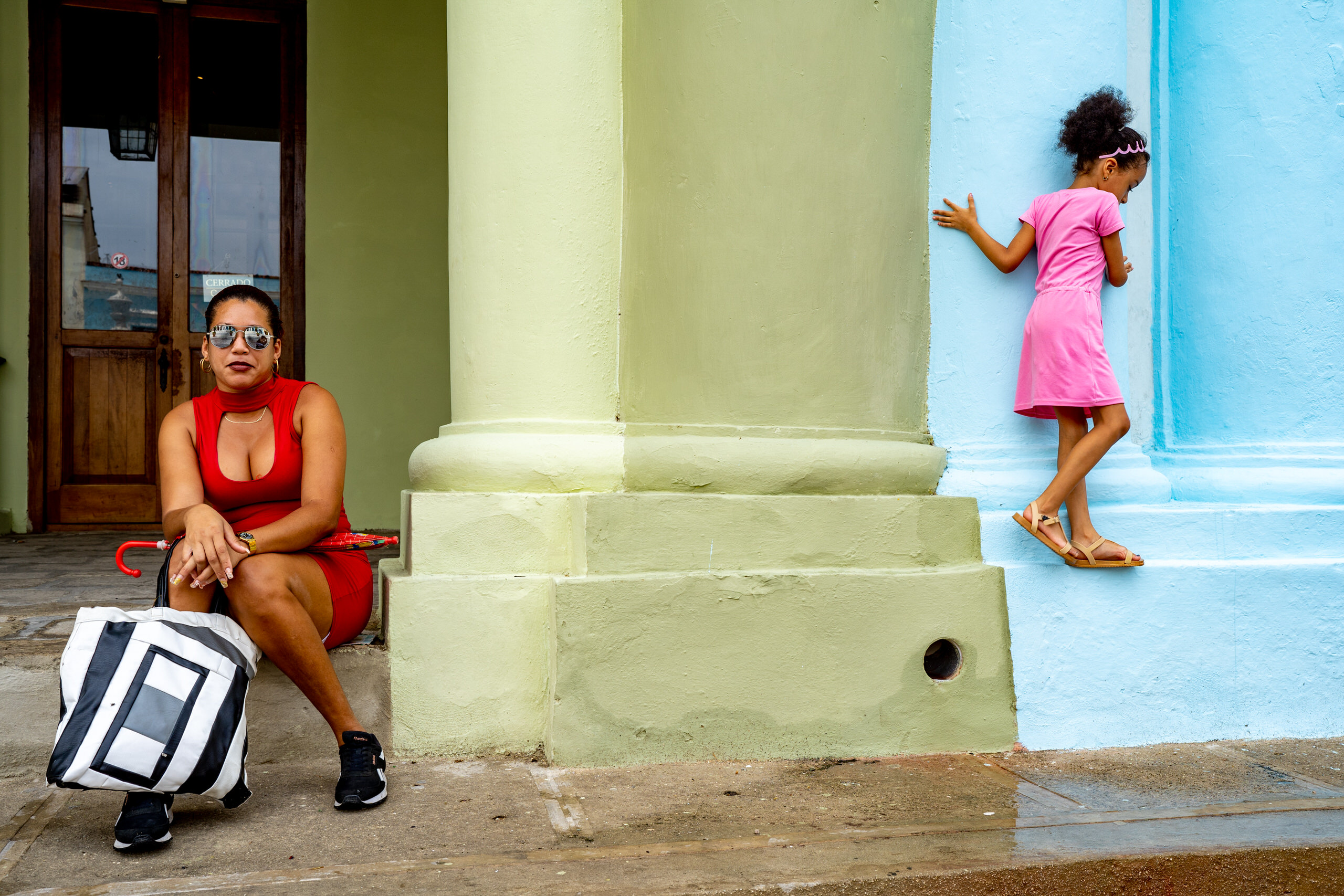
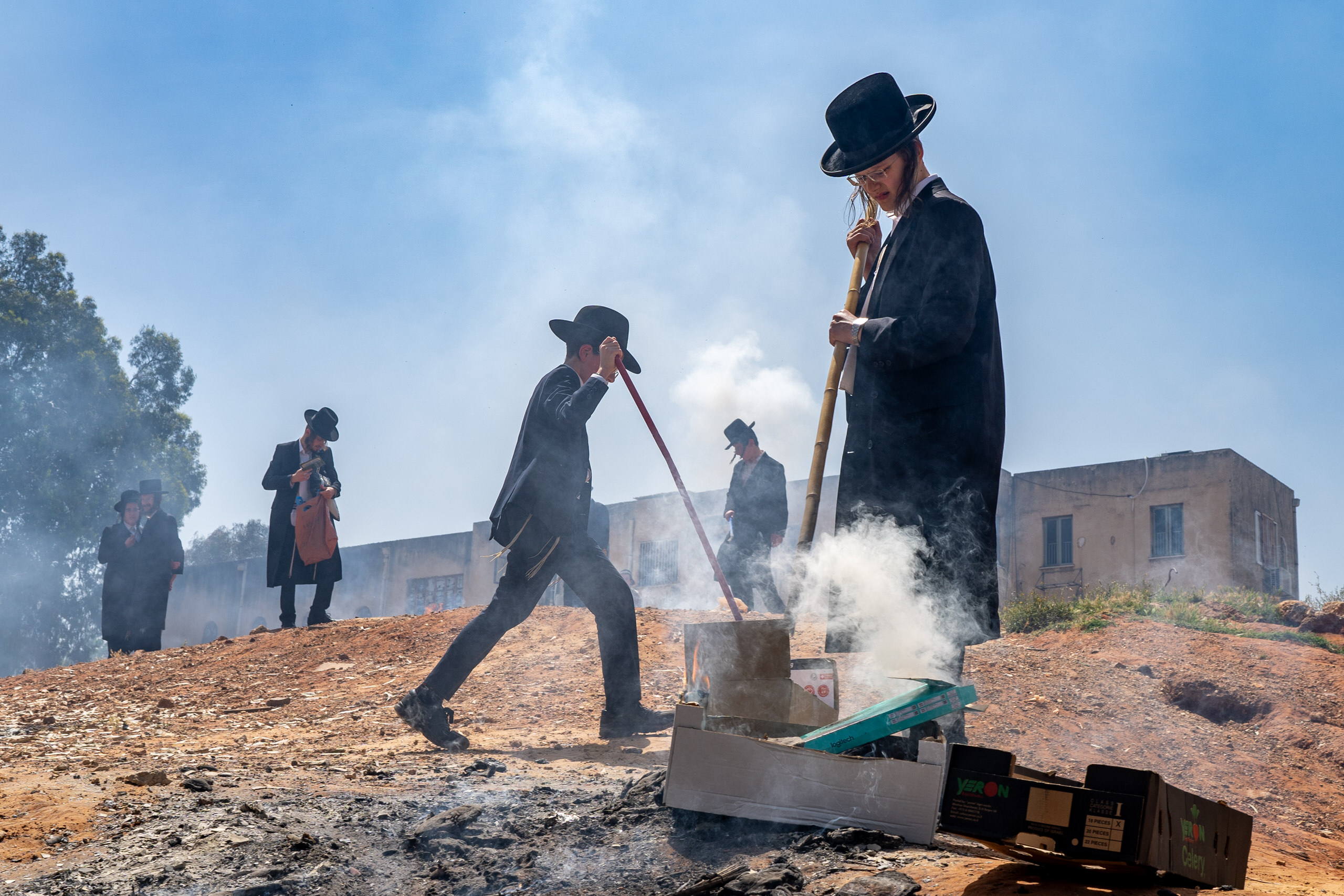
How would you define your photographic style?
Humanistic and realistic. In almost every photo I take, a human being will be the main subject and I will try to tell a story about that person, or about humanity as a whole. I am fascinated by the differences and the underlying similarities in human experiences and aim to document the wide spectrum of life – its marvels as well as its challenges.
Have you ever studied at a photography school or are you a self-taught artist?
I started learning photography 4 years ago, and I have been studying photography regularly ever since, in various schools in Israel and abroad, including online courses in ICP, New York.
Who are the Masters of Photography who inspired you most in your photographic works?
To name just a few: Martin Parr, Elliott Erwitt, Vivian Maier, Mary Allen Mark, Alex Webb, and Garry Winogrand.
Do you ever do Street Photography with your smartphone?
No. Ever since I started photographing with a camera, I completely stopped taking photos with my phone. Even though the technology of phones improved much over the last decade, I still find the image quality of a camera with a full-frame sensor considerably superior to that of a smartphone camera. Maybe it is not much of a difference when you look at a photograph on a phone screen, but it is very noticeable in all other displays and particularly in print.
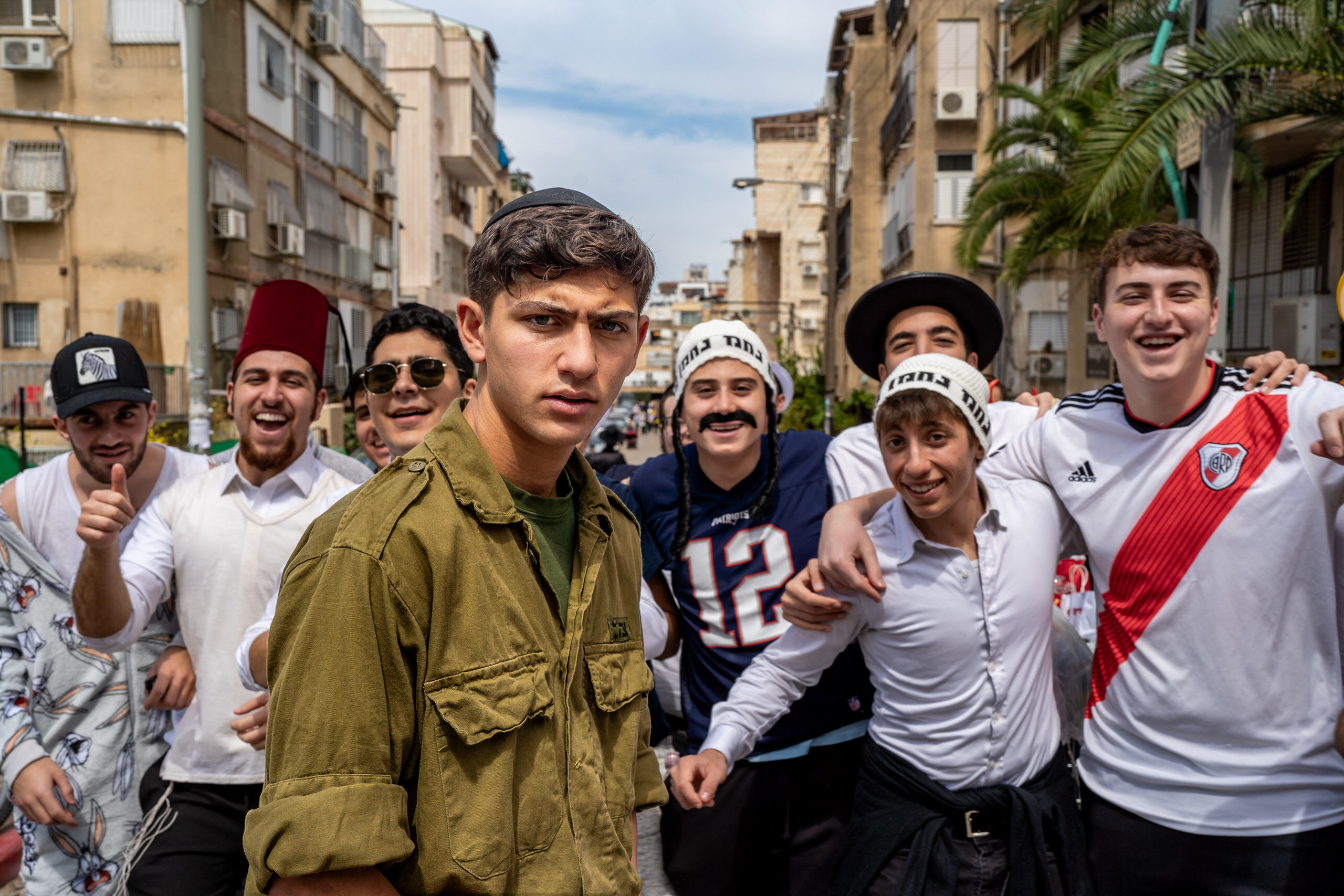
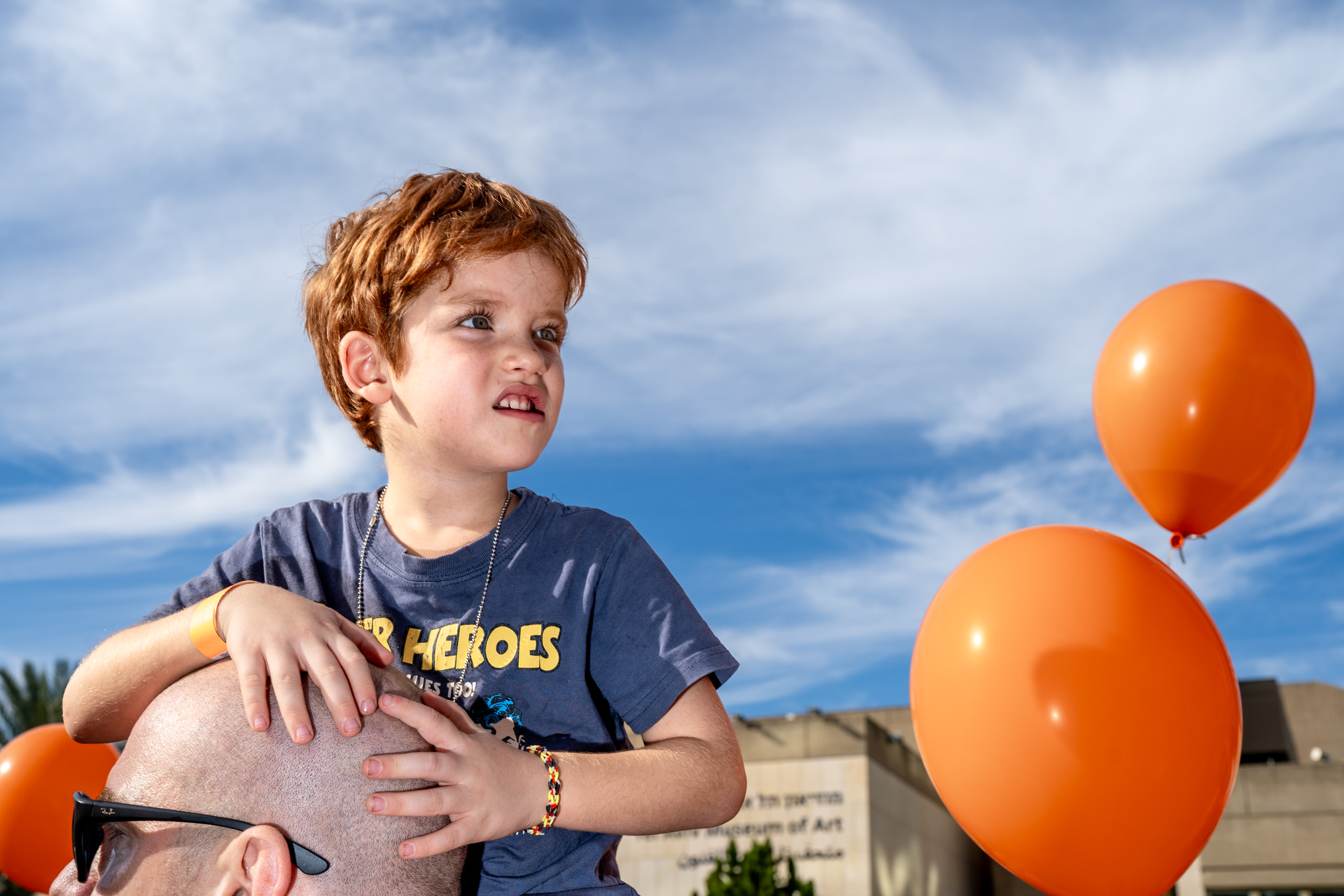
Analog and digital photography. Do you see these as alternatives to one another or the same thing?
Because I started photography about 4 years ago, I never had the chance to learn and practice analog photography. So I can’t really answer this question.
Do you think Street Photography has a more documentary or more artistic value?
This is a very interesting question, and I find myself pondering this question a lot lately.
I think its documentary value is indisputable. Street photographers document almost everything that happens in the public space, from mundane actions through personal interactions up to cultural and religious events and holidays. Almost all aspects of human life are documented in the street photography genre.
As for the artistic value, it is less straightforward. As evidence you barely see any street photography exhibitions in respected art galleries (with the exception of maybe very few masters). A fine art collector will rarely invest money in any contemporary street photograph. In other words, as one of my dear friends stated lately, there is a feeling that “street photography is the art field’s stepchild”. But if you ask my opinion, the artistic value of street photography (when it is well executed) does not fall from its documentary value. It’s true that due to its candid nature, most street photographs tell a realistic story and hence the room for the photographer’s self-expression is limited. But in practice, many excellent street photographers manage to bring into their image their own interpretation of the story, adding a layer of different meaning to the frame. Juxtaposition is only one example that pops to mind as a tool street photographers often use to alter stories and evoke new ideas on top of the actual story that happened in reality. So when a street photographer manages to bring a part of himself to the viewer, I completely consider it as making art.
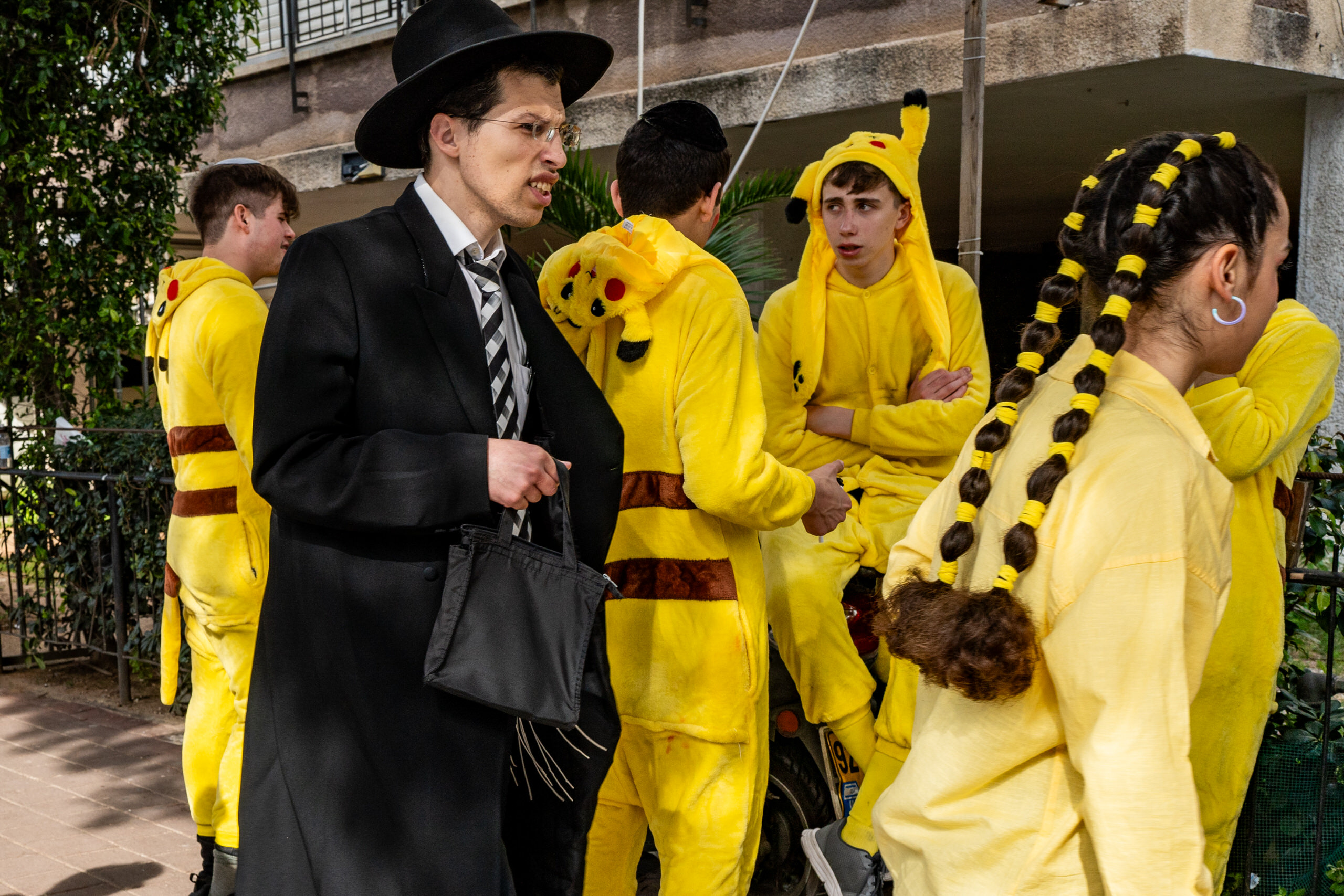
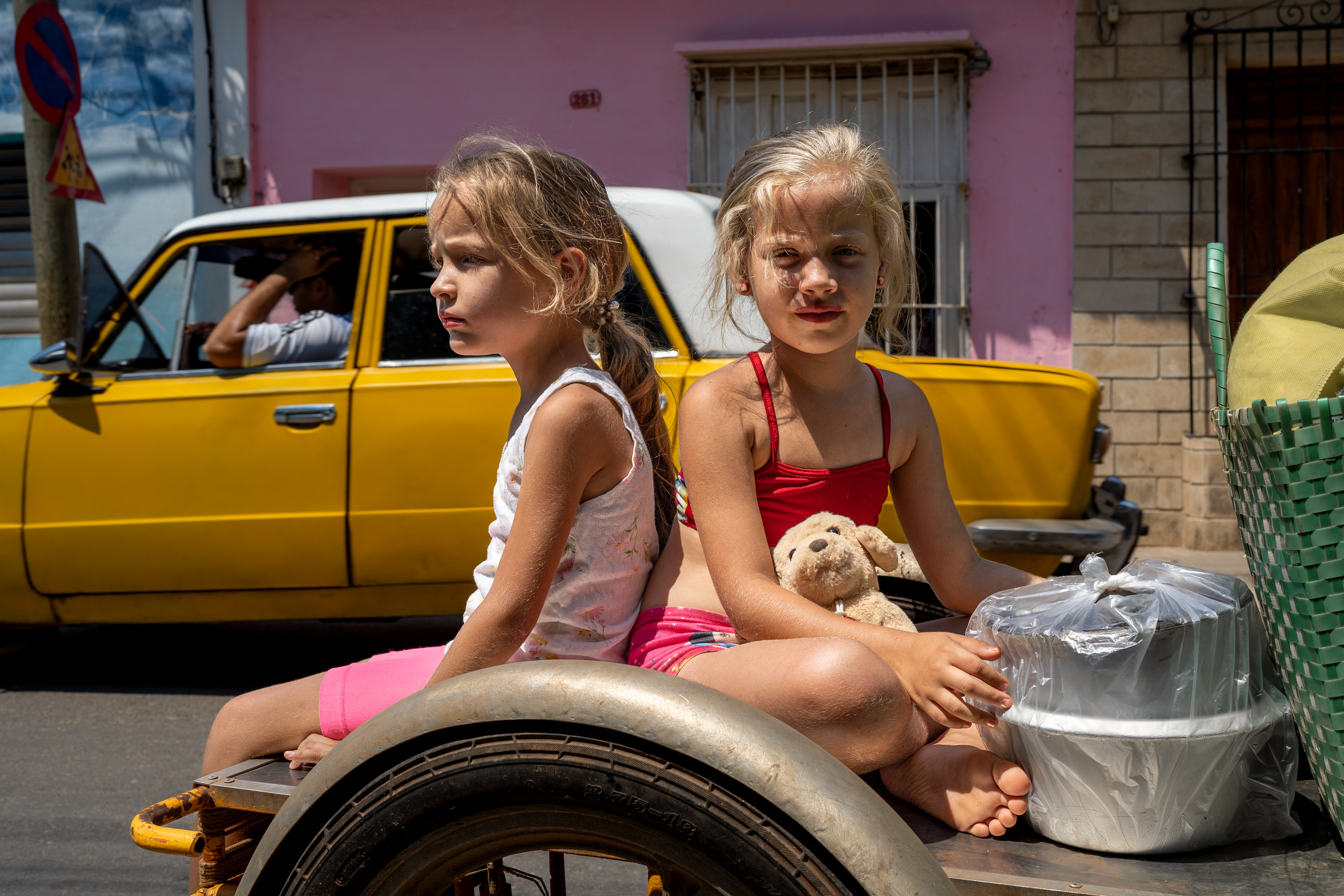
Do you think there are ethical limits in street photography? Do you think it’s possible to shoot everything and everybody? What is your approach in street photography?
Yes, I think there are limits. Even though in Israel photographing a person without asking their permission is legal when the photo was taken in a public space, I avoid doing so in many cases when I feel the situation is sensitive or offensive in any way. In many such cases I will ask for permission, or completely avoid taking the shot.
I often work in a very open way, I am not trying to hide and I am not “stealing” shots. If I photograph someone who does not want to be photographed, I often explain what I am doing and show them the photos. In the rare situations when they still feel strongly against being photographed despite my explanations, I will delete the photos. I think that we, as photographers, must treat the communities in which we work with respect and compassion.
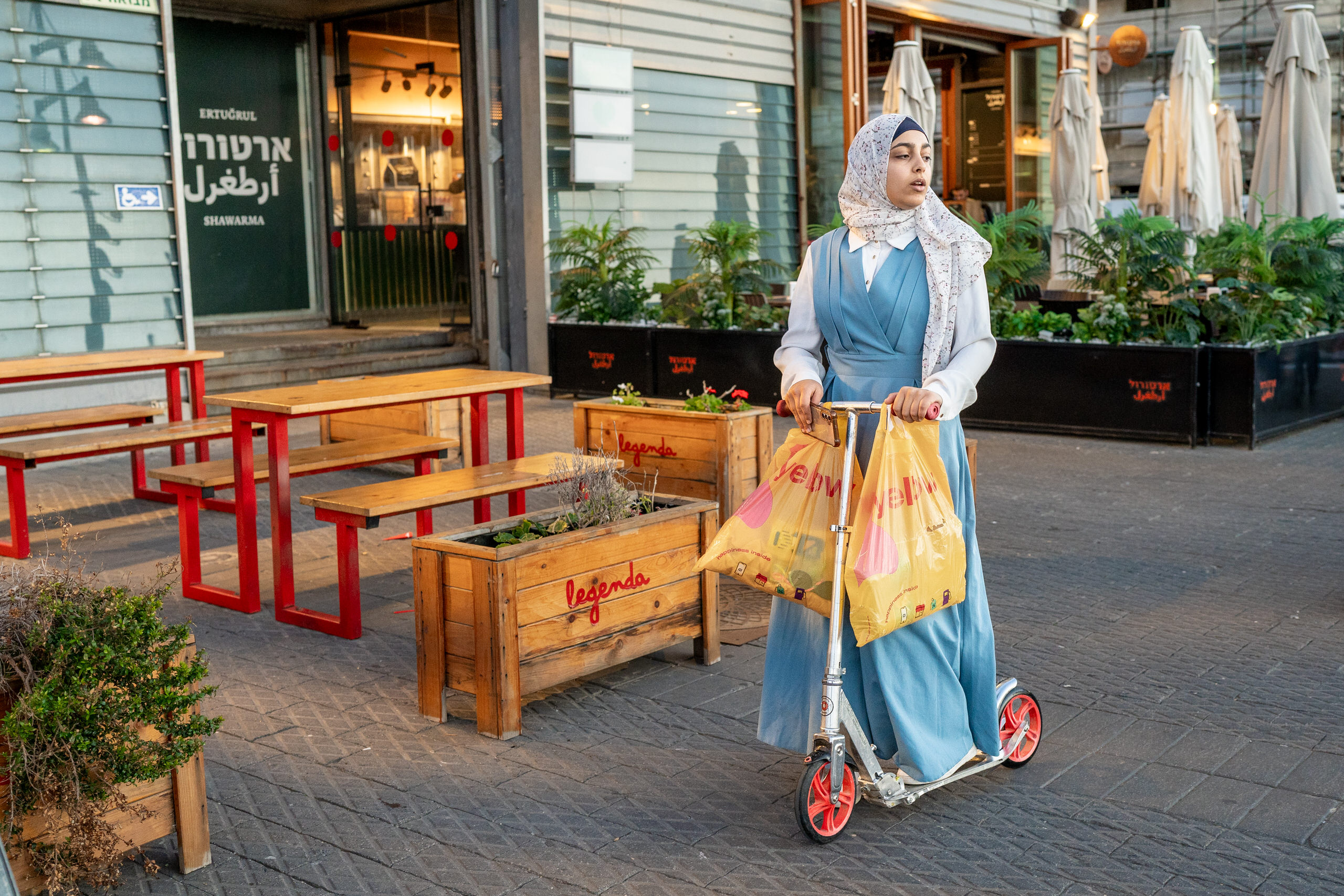
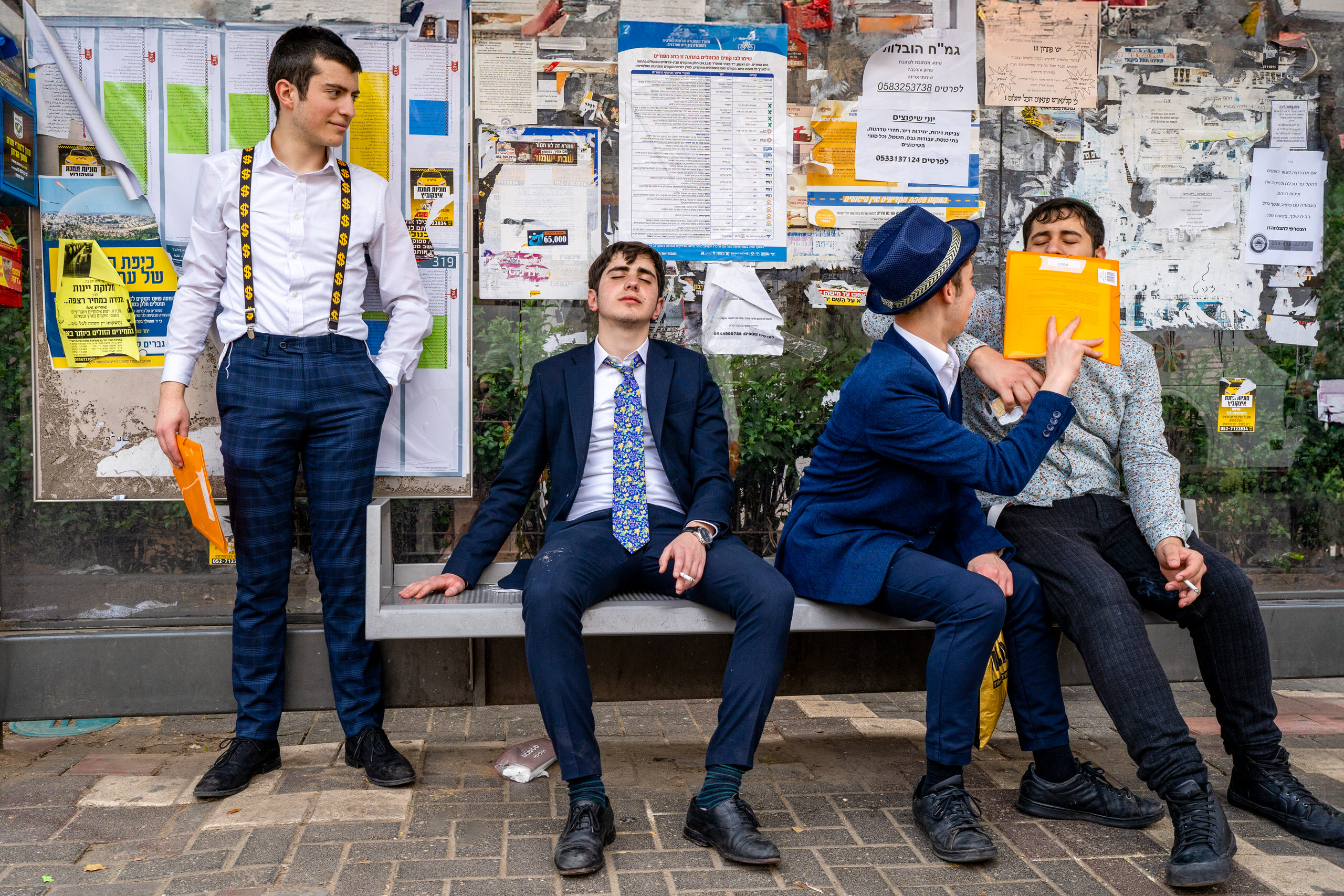
What kind of equipment do you use and what role, in your opinion, does equipment have in street photography?
I use a Sony Alpha 7iii, which is a full-frame mirrorless camera, along with a Sony G-Master prime lens 35mm f1.4.
In my street photography, the timing of the shot as well as the resulting image sharpness are of great importance. The full-frame sensor and the fast lens combination provide high performance on both factors.
If you had to choose one lens that you would have to be using for the rest of your life, which one would that be and why?
It would probably be my current 35mm prime lens. Mainly because I am used to it, to be honest. But also because I love shooting from a close distance in order to make the viewer a participant in the scene rather than an outer observer.
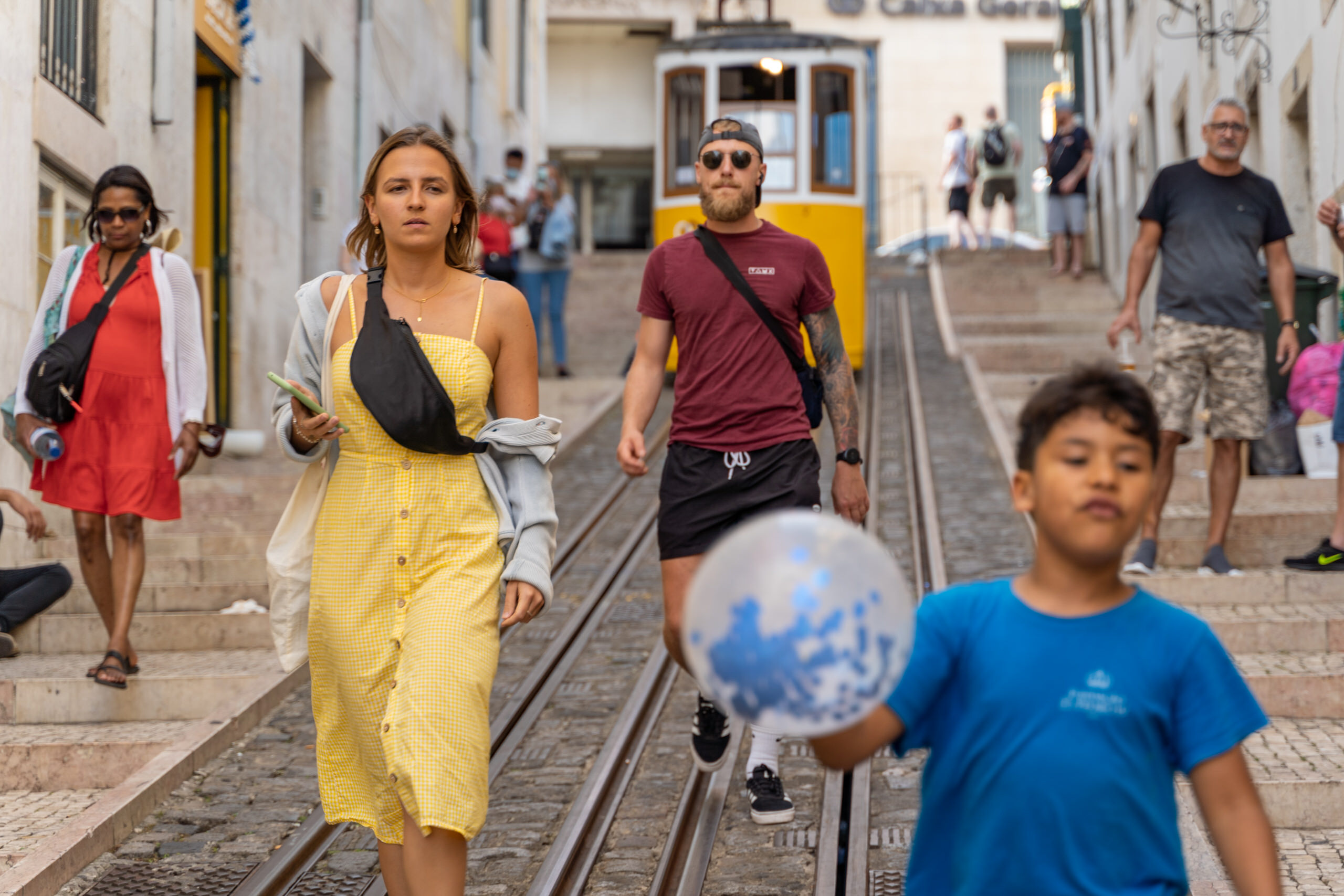
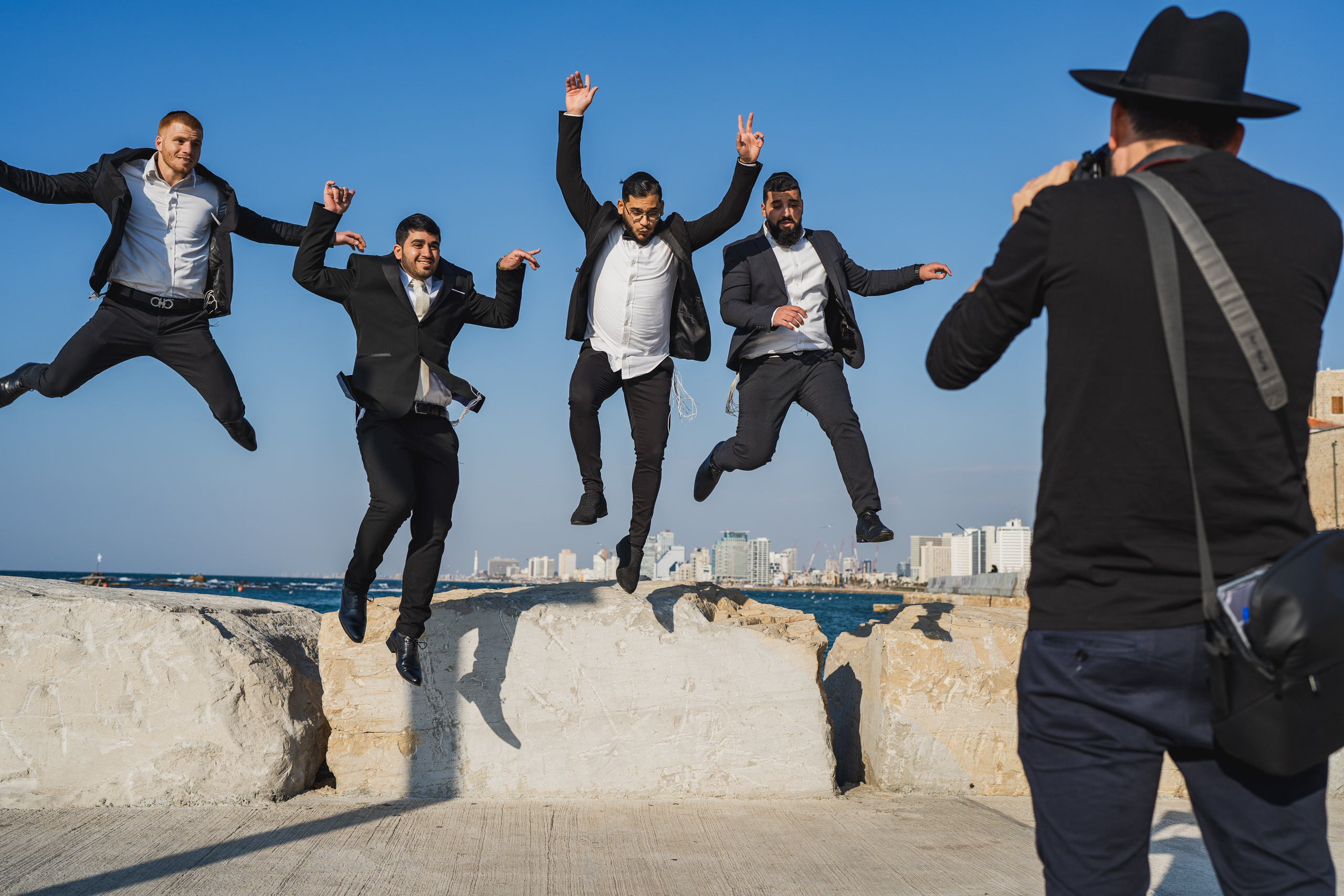
“Storytelling is one of the most important aspects of my photography. When I see an interesting scene or person, I try to formulate the story first, at least vaguely.”
After shooting, what actions do you take in terms of processing and editing?
Initial sorting and deletion of photos (a daunting task); brief editing in Lightroom on a PC with a large screen; selecting the best photos of the day and editing them a bit more; sequencing the selected photos and exporting the final series for future use (social media, website, competitions, etc.).
In most cases my editing would be as natural as possible and not over-processed.
Do you have new projects or themes in mind that you would like to explore in the future?
I am thinking of starting a long-term documentary photography project, but haven’t decided what to focus on yet. I have too many ideas but most of them are simply not feasible.
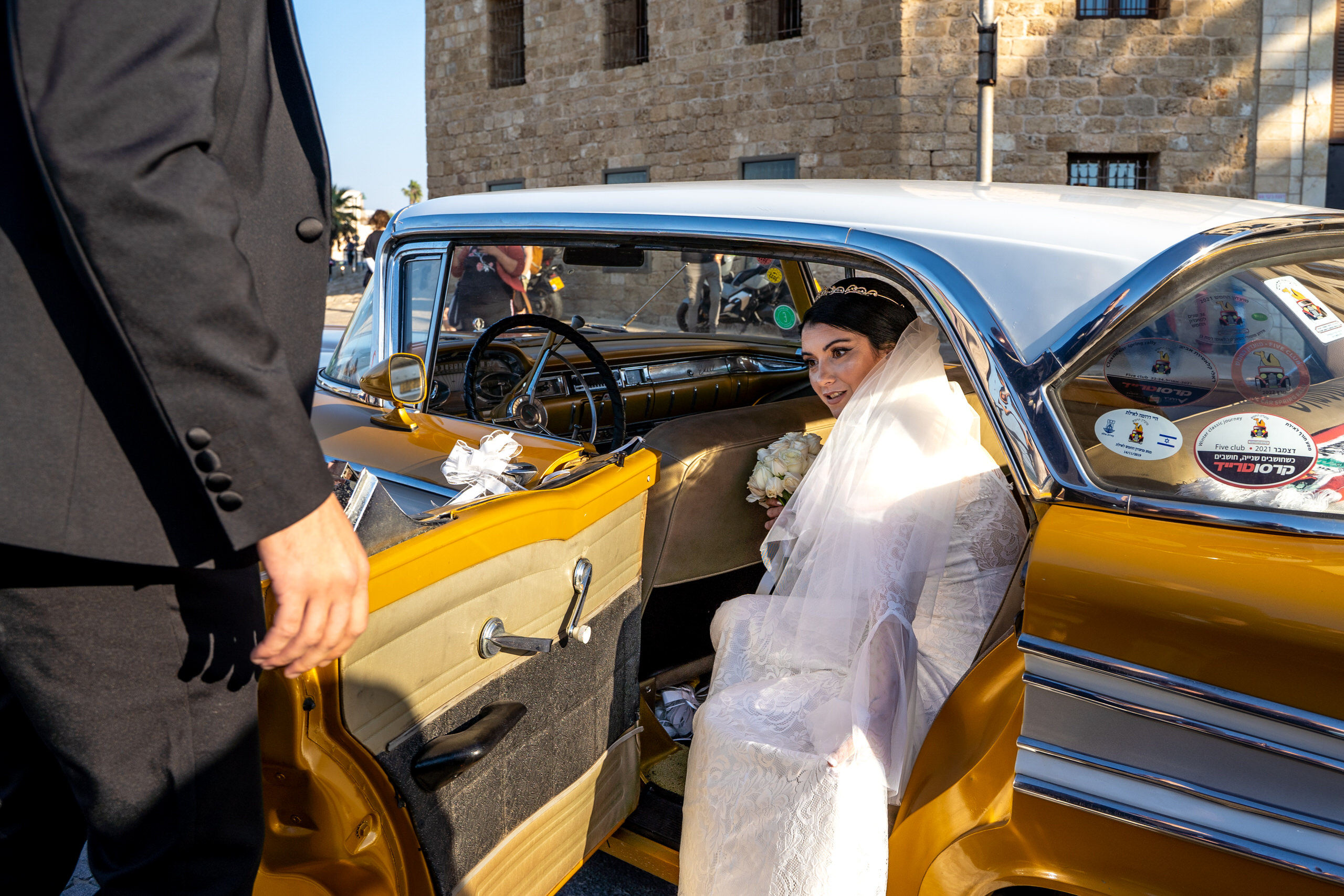
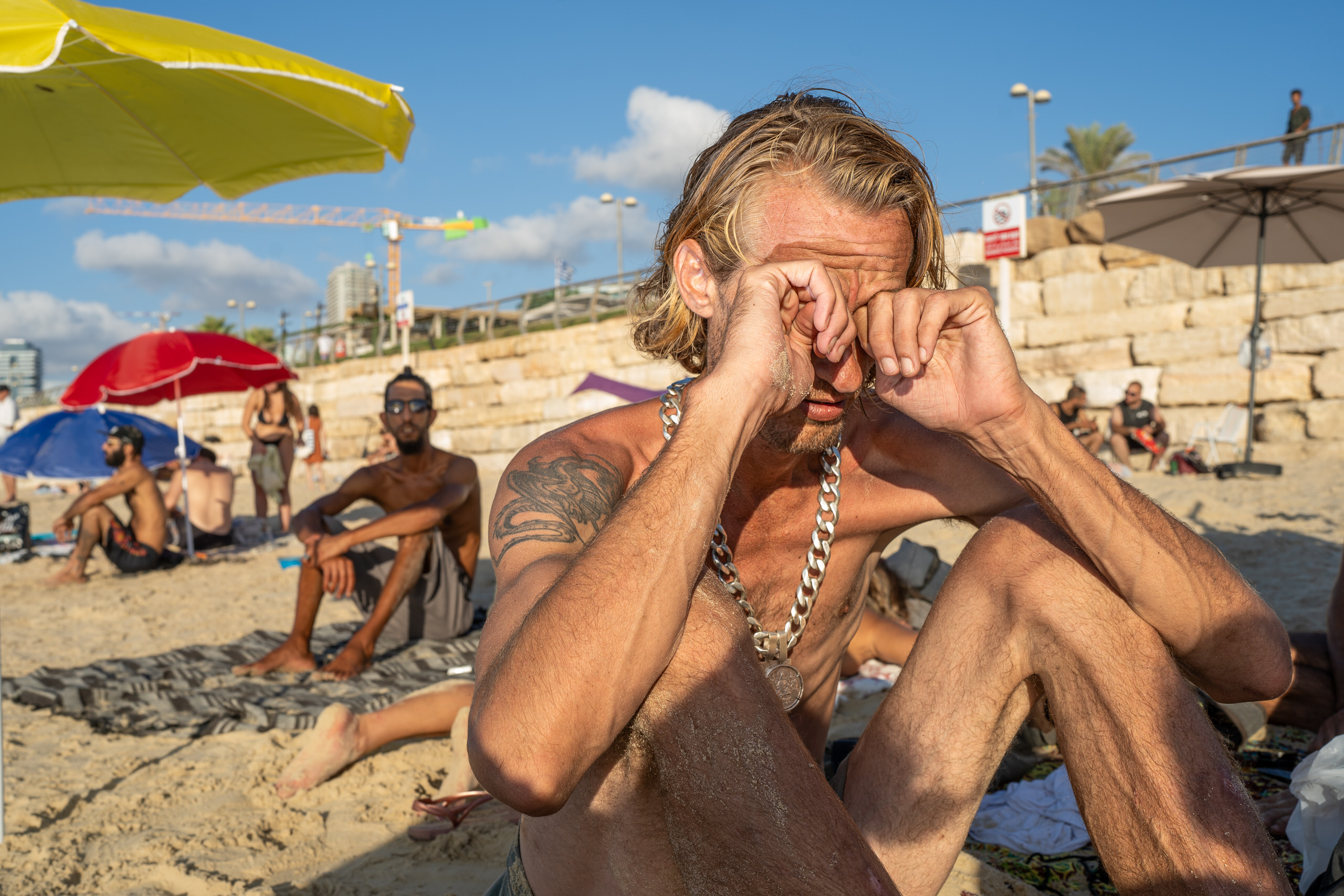
Which are your favorite photography books?
“Camera Lucida: Reflections on Photography”, by Roland Barthes. Very theoretical so not the typical photography book, but deep in ideas and explorations of photography as a medium.
Is there a country or a city that you like to photograph more than others?
In Israel, I especially love to photograph in Tel Aviv and Jerusalem. Tel Aviv is so vibrant and energetic, always buzzing. Jerusalem is a spiritual place with very special light characteristics.
From all the places I photographed abroad (which are not so many), I have a special place in my heart for Cuba and the Cuban people. Havana is every street photographer’s paradise.
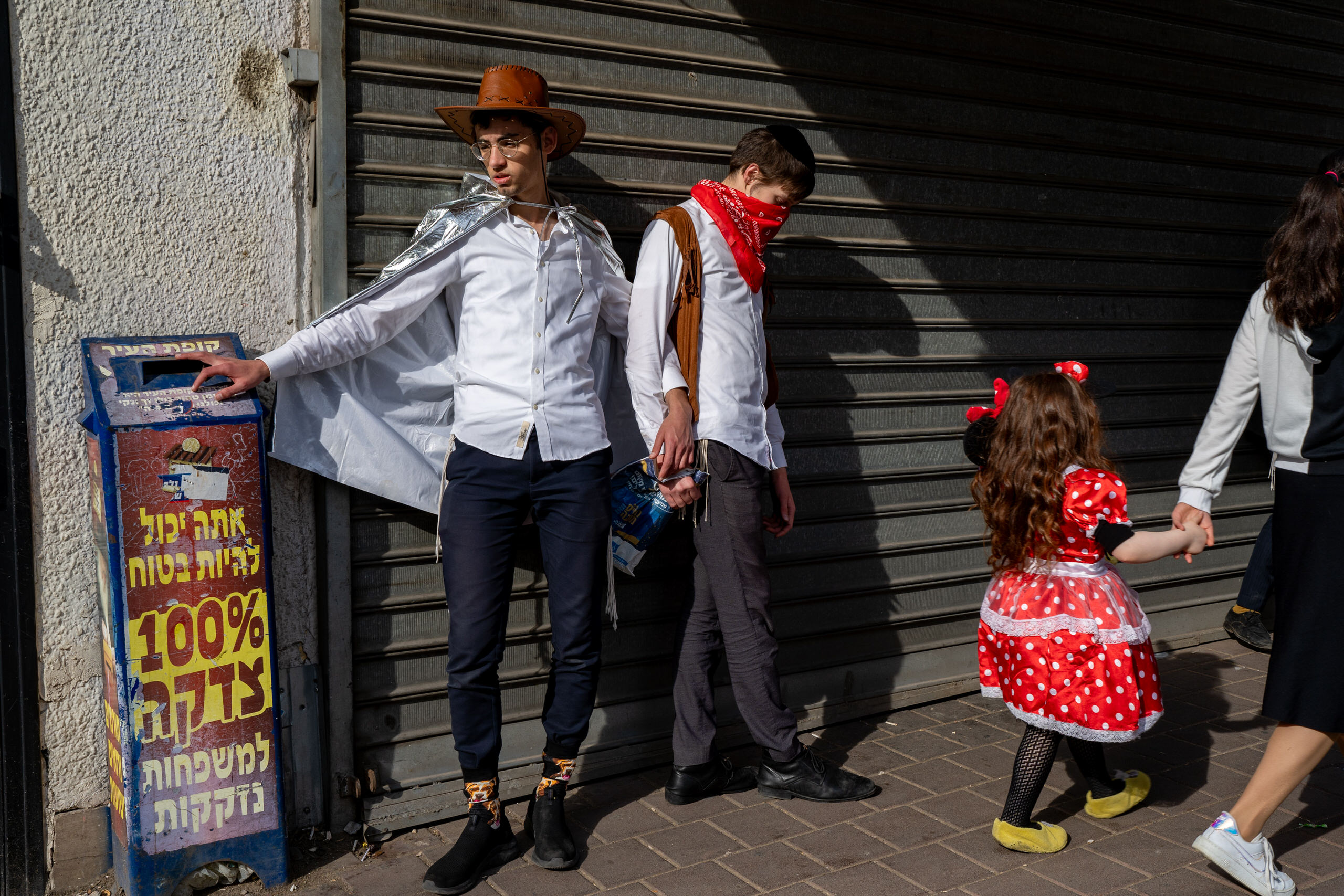
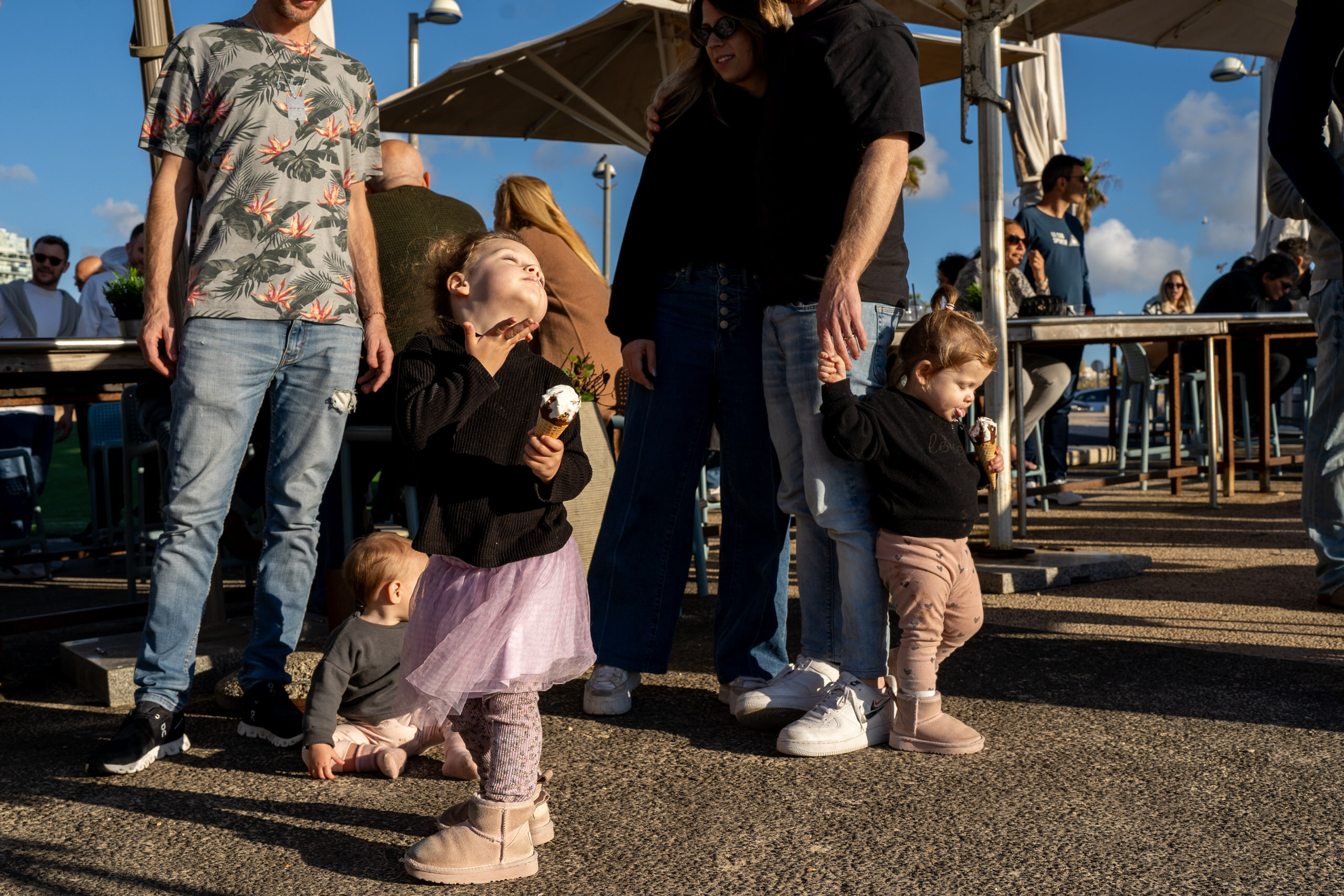
What advice would you give to someone who is starting to do street photography and wants to develop a unique and personal style?
Always ask yourself the “Why” before the “How”. First ask yourself “Why am I taking this photo? What is the story or emotion I wish to capture and convey?”. Only after you have an answer, proceed to ask “How will I take this photo? What lens, vantage point, composition, angle, or depth of field shall I use?” When you know the story you want to tell, all artistic choices (in photography as well as in post-processing) should be governed only by their contribution to the story you want to tell. If you don’t know what story you are trying to tell, don’t expect your viewers to figure it out. As the photographer you are responsible, and if you don’t have a story (and “it’s a beautiful scene” is not a story), it would probably be a weak photo.
Thank you!
SHARON BIOGRAPHY
Sharon is a street and documentary photographer based in Israel. She is a visual storyteller focusing on the simple daily life of people all over the world, documenting societies and cultures by highlighting the humans they consist of.
Her work was exhibited in galleries worldwide and was published in several photography books and magazines. Awards: Exibart Street (finalist, Best Series category, 4th edition), PISPA 2023 (gold medal), Urban Photo Awards 2023 (finalist), PX3 2022 (gold medal) and the 20th JMCA Award (winner).
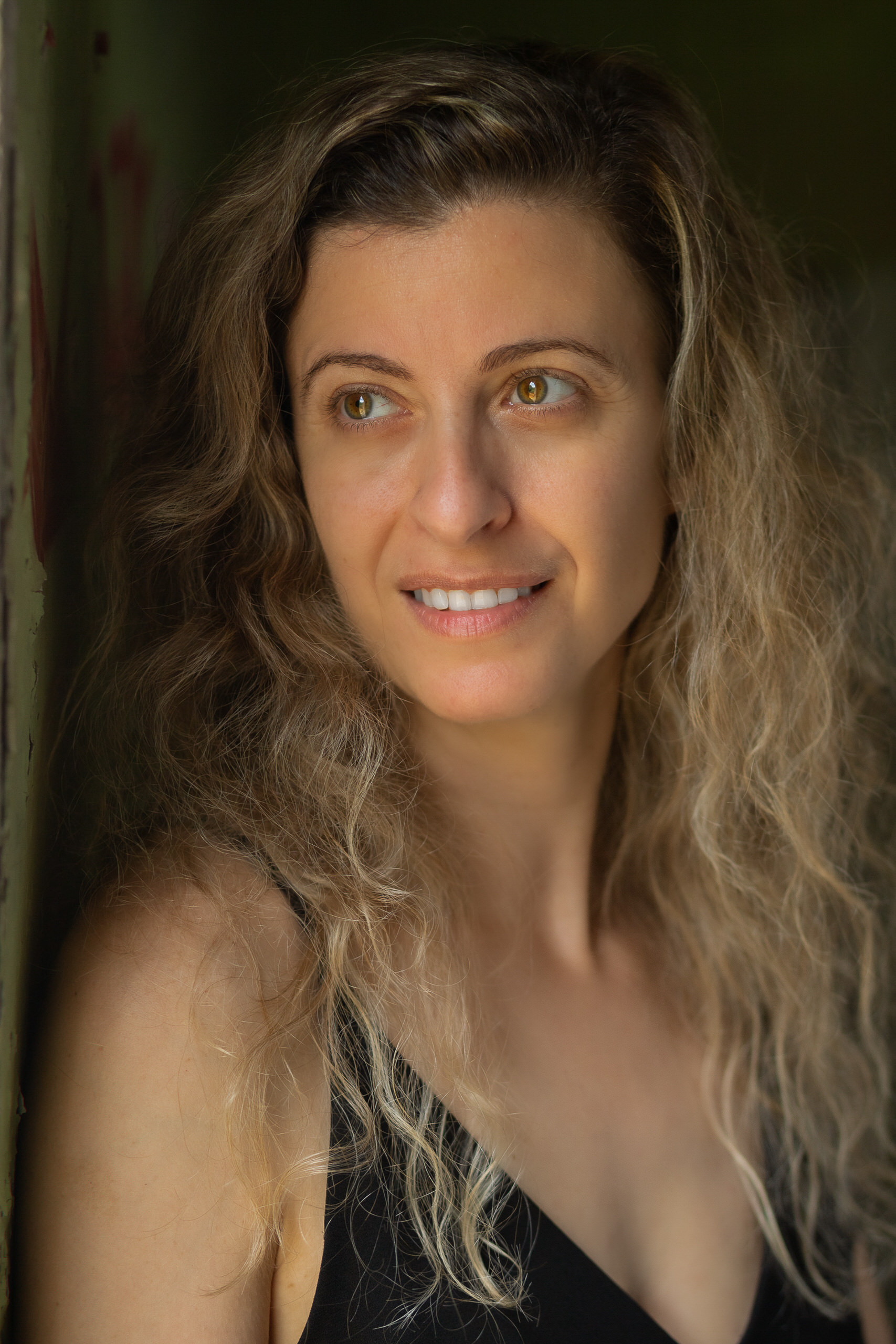
Sharon Links:
Website: https://www.sharoneilon.com/
Instagram: https://www.instagram.com/sharon.eilon.photography/

